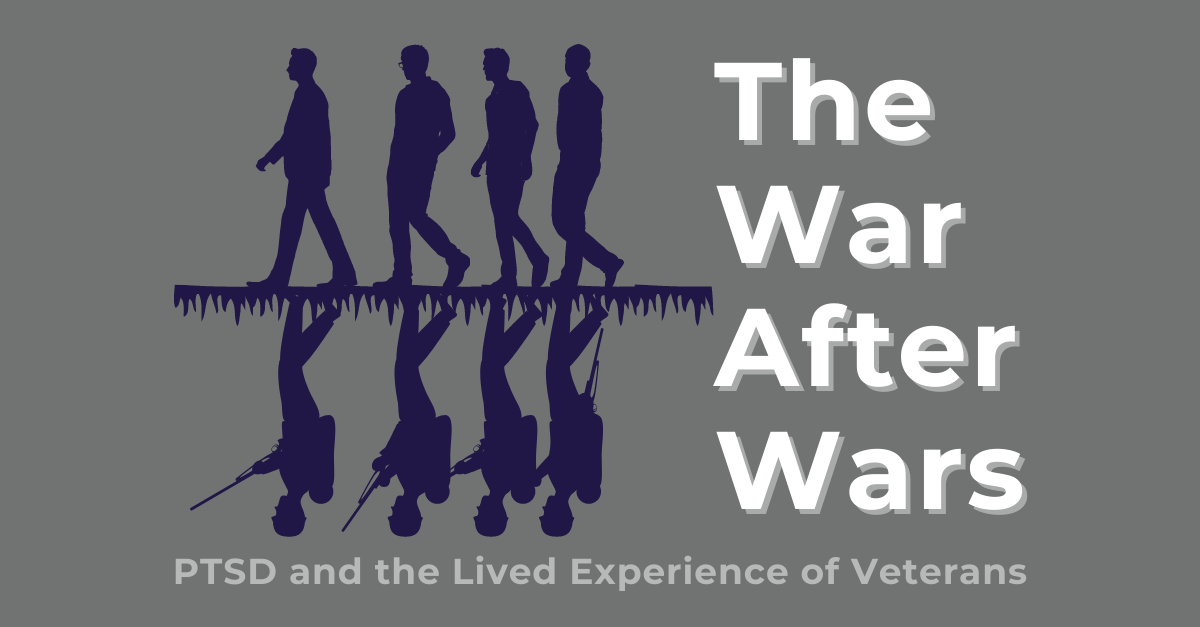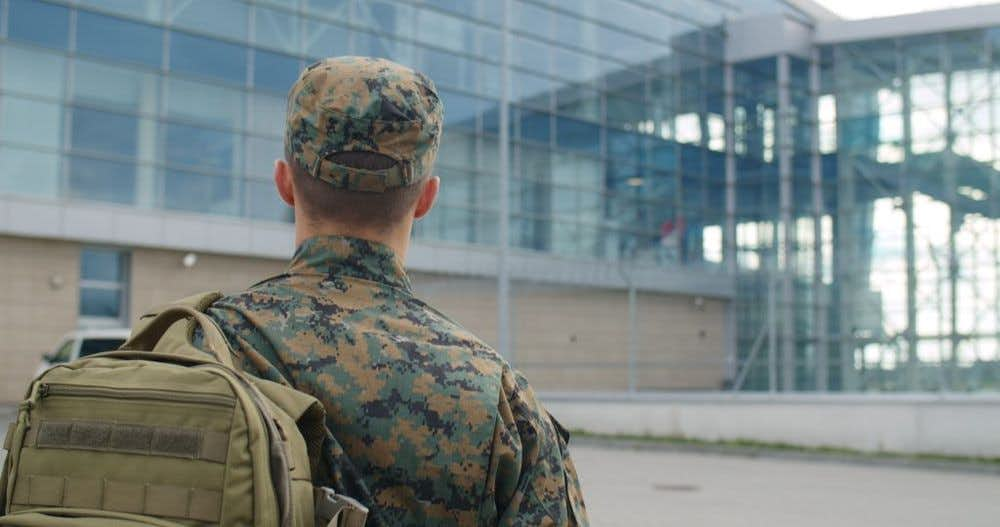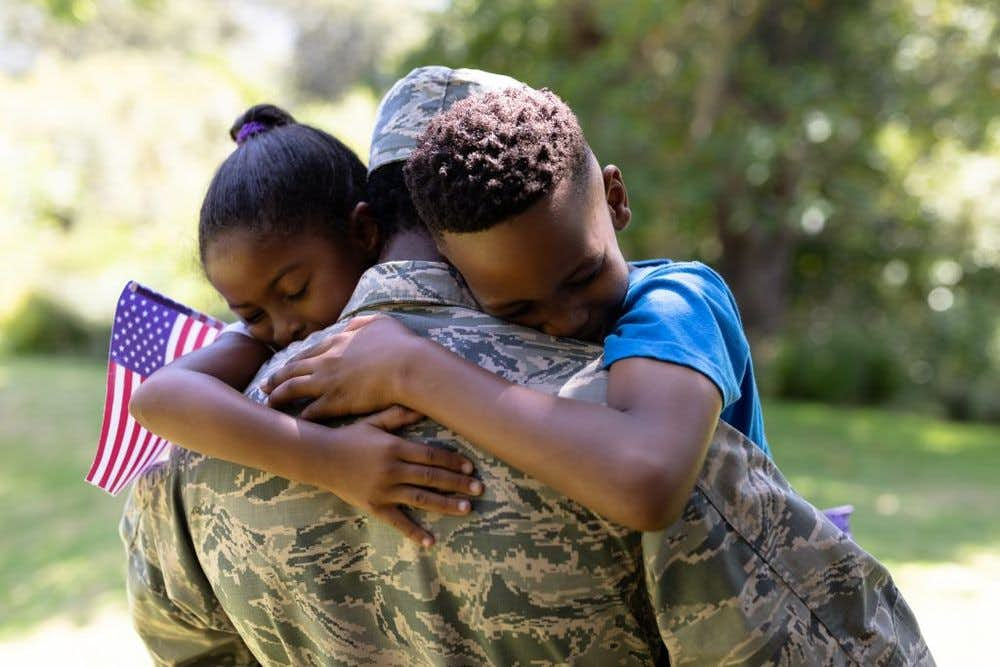June 1st, 2022

The term “post-traumatic stress disorder” is a relatively new term. Birthed in 1980 after much deliberation by the American Psychiatric Association, the term was added to the Diagnostic and Statistical Manual – 3rd edition, leading to a proliferation of research in this area and attention from the public. Of course, the symptoms of PTSD aren’t necessarily new and it didn’t suddenly rise out of nowhere into the public’s consciousness. History is riddled with traumatic events, from war, famine, and natural disasters, to poor human conditions, devastating disease, and lack of social contracts.

One particular group that drew a lot of attention was military veterans following World War I, World War II, and the Vietnam War. The U.S. military has a long history, dating back to the American Civil War, of military-related trauma. However, those who experienced or reported combat-related symptoms were deemed as malingerers or cowards. Disdain for mental distress was emphasized within the broader cultural framework of patriotism and masculinity and the intention to sacrifice oneself for the love of their country.
This led to intense motivation to avoid disgrace that continues to persist through the passage of time. To show any sign of weakness, whether it is physical or psychological, warrants judgment, ridicule, and harsh punishment. I recalled my USAF recruiter whispering in my ear, “They are going to ask if you have any mental health issues; just select no for all of it, or else they will wash you out [a.k.a. make you repeat a week of basic training/boot camp, therefore prolonging the amount of time I would be in training, or worse…be sent home in shame].” This was my introduction to how mental health is handled in the military.
Our modern-day warriors fight wars on two fronts: the one at the frontline and the one internally after the fight is over. While in service, the servicemember is trained for one and one thing only: to complete the mission. They engage in countless hours of training during the day, at night, in the freezing cold, or in the blazing hot sun with the goal of knowing the objectives of the mission like the back of their hand. They trained before a deployment, after a deployment, and even if the deployment cycle is 30 months away. It is a physical AND psychological process. While these servicemembers are training physically to fulfill tasks, they are training psychologically to use their natural fight, flight, freeze instincts to manage all sorts of stressful conditions.
Months or even years after the war is over for that veteran, that fight, flight, freeze response does not forget. I saw it in my fellow veteran while having coffee with her in the sunny streets of Sacramento, CA when she took cover after hearing a truck noisily run over a metal platform on the road. I heard in my friend’s voice when he called and said he couldn’t finish his three-hour drive from Indiana to Chicago. He was waiting for the ambulance to come and help him because he was having a panic attack. I saw it on my clients’ faces when they hold back tears and refuse to talk anymore about what they have been through and the losses they suffered and endured.

Currently, we are in the DMS-5-TR, which lays out very clearly what criteria is needed to be met in order to be diagnosed with PTSD. There are a number of great pieces of information available describing what is trauma, the types of trauma, trauma symptoms, and how to treat it.
What the DSM-5-TR does not touch upon is the lived experience of those who experienced trauma. For veterans, it interferes with their ability to focus in school because they are too busy scanning the environment for safety. With their backs to the wall and their front facing the door, every time the door opens because of a late student or a cell phone going off in the middle of class is a potential sign of danger. Driving to the grocery store is another re-experienced combat mission because random garbage in the middle of the road is a potential hidden improvised explosive device.
While the estimated prevalence rate of PTSD among veterans varies widely across wars and eras with studies (estimated rates to be as high as 20% to 30%), the military stigma was one of the reasons cited for 60-77% of military personnel to not seek mental health care. In addition, those who experienced trauma have difficulty trusting others and the world and may be quick to anger with little to no provocation. This, in turn, lead to limited social support as they may distance themselves from others, or others may be unsure of how to approach them.
Most veterans may relocate far away from a military base, distancing themselves distant from their comrades who have shared experienced or environment familiarity. Most veterans feel as though they cannot share their experiences with their loved ones because they do not want to burden others with the suffering and atrocities they have seen.

Educate yourself: educate yourself on military culture and the warrior ethos. The U.S. military is highly trained and ready to respond at a moment’s notice, yet many Americans have little knowledge or understanding of the culture, values, or the people who sacrifice themselves for their country. In order to understand, work with, and help those who served in the Armed Forces, it is necessary to have a general understanding of the institution and to destigmatize and demystify our servicemembers and the military institution.
In 2021, veterans represent less than 10% of the total U.S. adult population. While this is not a large group, they are spread throughout various parts of the U.S. living a post-service life and trying to get used to a world that is so drastically different than their military service. Fortunately, the skills it took for them to be warriors are the same skills that will likely help the fight that second war at home. Veterans benefit from reminders that they are resilient, had survived adversity, and they are not alone.
There are a number of ways we can learn about the military culture and how to help this population. There has been a burst of energy in the Department of Veteran Affairs (VA) and Department of Defense to create and implement various types of programs with the intention to support our service members while in service and in their transition into the civilian world that is available to providers, family members who support service members, employers, and so on.
Call the local VA or veteran center for additional support and see below for resources:
For the community:
FOCUS (Families OverComing Under Stress)
U.S. Department of Veteran Affairs - Mental Health
U.S. Department of Veteran Affairs - MIRECC / CoE Coaching
U.S. Department of Veteran Affairs - VA Caregiver Support Program
For providers:
Star Behavioral Health Providers (SBHP)
U.S. Department of Veteran Affairs - Military Culture Training for Community Providers
USU Center for Deployment Psychology - Military Culture: Enhancing Clinical Competence
Our Services
Virtual/Online CarePHP and IOPAdult PsychiatryChild & Adolescent PsychiatryAdult TherapyChild & Adolescent TherapyCouples CounselingFamily TherapyGroup TherapyPsychological TestingTranscranial Magnetic Stimulation (TMS)